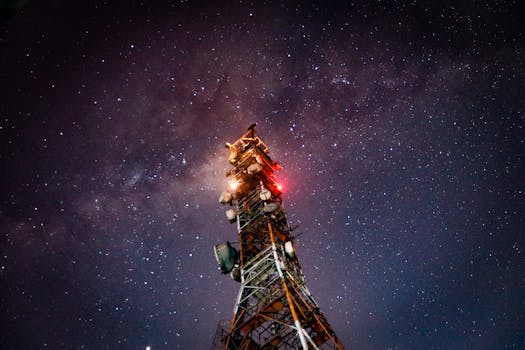
LEO Satellites: Revolutionizing Global Connectivity with Low Earth Orbit Technology
LEO satellites, or Low Earth Orbit satellites, are a type of satellite that orbits the Earth at an altitude of around 160 to 2,000 kilometers. This relatively low altitude allows for faster and more reliable connections compared to traditional satellite technologies, which orbit the Earth at much higher altitudes. In this article, we will explore the benefits and applications of LEO satellites, as well as the current state of the technology and its future prospects.
How LEO Satellites Work
LEO satellites work by using a network of satellites in low Earth orbit to provide global coverage and connectivity. Each satellite in the network acts as a relay station, receiving and transmitting data to and from Earth-based stations. Because LEO satellites are in a lower orbit than traditional satellites, they have a shorter latency period, which means that data can be transmitted and received more quickly. This makes LEO satellites ideal for applications that require real-time communication, such as video conferencing and online gaming.
Benefits and Applications of LEO Satellites
The benefits of LEO satellites are numerous. One of the main advantages is their ability to provide global coverage, including in areas where traditional connectivity options are limited or non-existent. This makes LEO satellites an ideal solution for providing internet access to remote or underserved communities. Additionally, LEO satellites can be used for a variety of applications, including Earth observation, navigation, and communication. They can also be used to provide backup connectivity in the event of a natural disaster or other emergency.
Current State of LEO Satellite Technology
The LEO satellite industry is rapidly evolving, with several companies and organizations currently developing and launching LEO satellite constellations. One of the most well-known LEO satellite constellations is the Starlink constellation, which is being developed by SpaceX. The Starlink constellation will consist of thousands of satellites in low Earth orbit, providing global coverage and connectivity. Other companies, such as OneWeb and Amazon’s Kuiper Systems, are also developing LEO satellite constellations.
Future Prospects of LEO Satellites
The future of LEO satellites looks bright, with the potential to revolutionize the way we communicate and access information. As the technology continues to evolve, we can expect to see even faster and more reliable connections, as well as new and innovative applications. Additionally, the use of LEO satellites could help to bridge the digital divide, providing internet access to millions of people around the world who currently lack access.